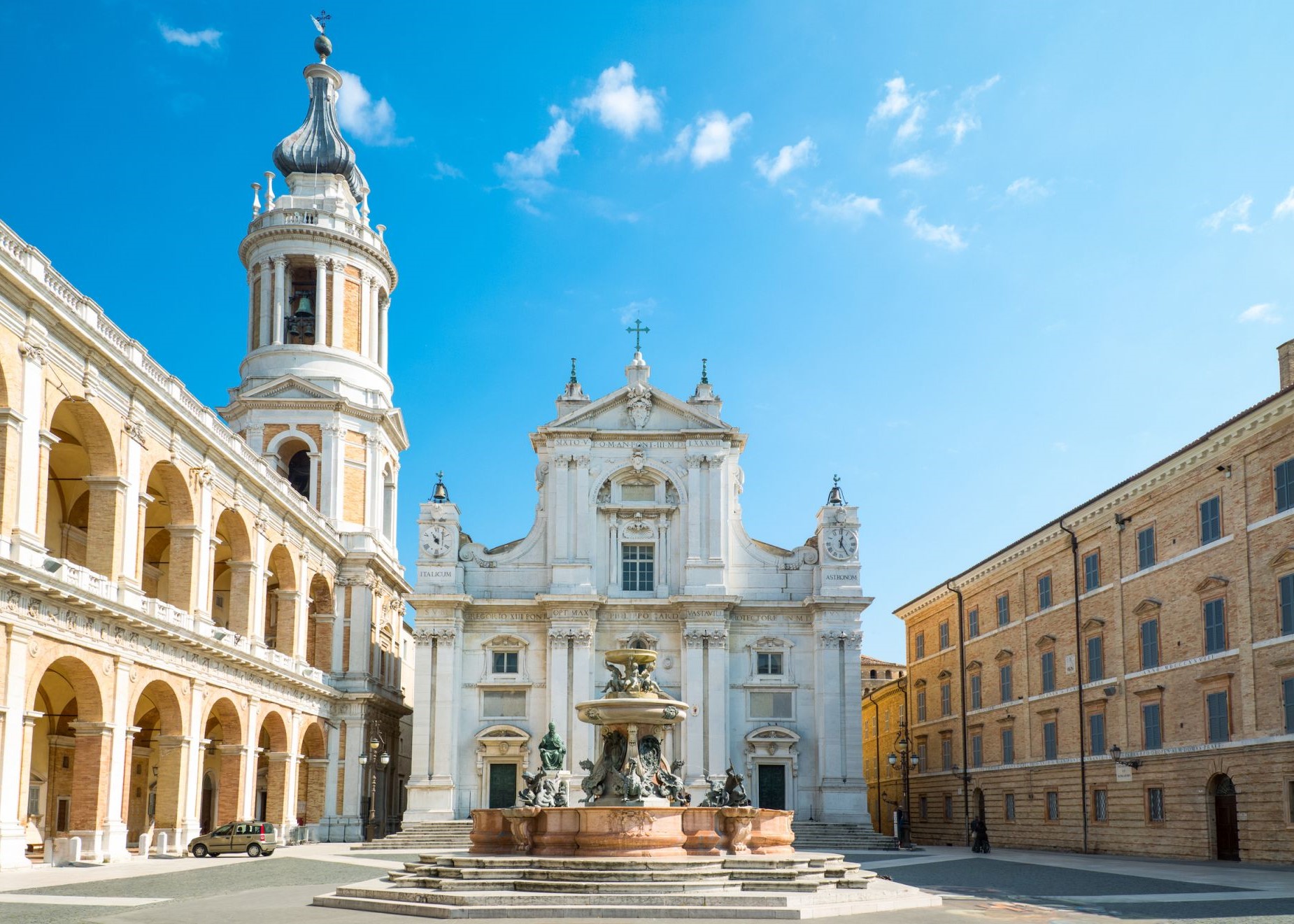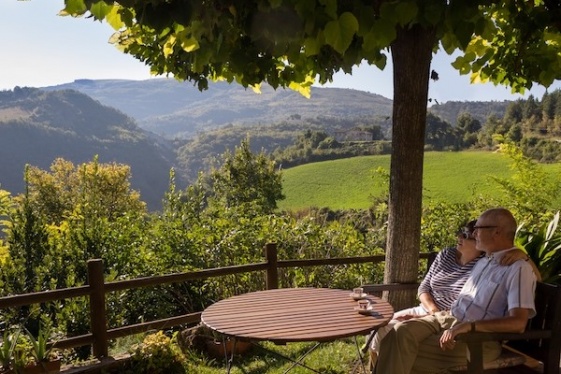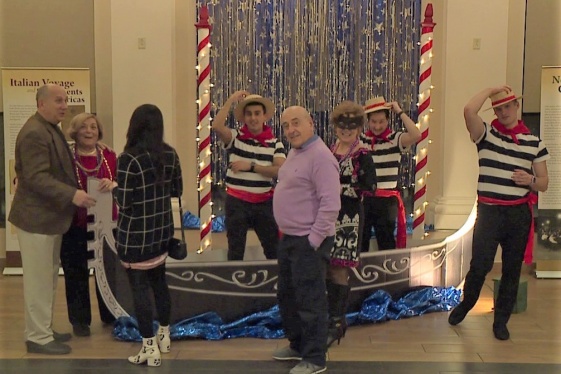

Let’s jump back into our tour of the languages of Italy. We went through most of the north and now it is time to keep going down the boot and reach the region of Marche, to the center east of Italy. I didn’t know much about Marche except that it is a beautiful region and that they have amazing people and tasty food, but while researching the languages that marchigiani speak, I discovered that it is a very interesting linguistic case. Let’s dive into it!
Marche is right in the middle of Italy and together with Umbria they had a long history of being the transition area from north to south. This lead to a mix of different languages that merged all into one single region: Marche. There were different linguistic influences coming in from all directions: north, south, east, west. This generated different varieties of languages that, therefore, do not only change from north to south, but also from east to west, creating many gray areas that are difficult to place in a specific dialect. In other words, it’s a beautiful mess!
Linguists, however, divide the region into three main areas of influence: north, center, and south. The northern area is located around the city of Pesaro, which is divided into another four subareas. The dialect that is spoken here is Gallo-Italian, so it has some of the main Gallo-Italic vowels, like ö and ü, and features, and some of the main characteristics are the loss of the final vowel when it is not stressed and the doubles. Also, some vowels change when they are stressed, for example the “a” can turn into an “e” sound in words like sale, salt, and padre, father, and some consonants also change, like the “k” sound in dica, speak, becomes more of a “g” sound.
Then there is the central area located around the city of Ancona, which is divided into another four subareas as well. This four subareas are so different from one another that the shared characteristics are actually very few: conservation of all final vowels and doubles, and the particular pronunciation of /ʧ/ and /ʤ/ sounds that can be found in the beginning of words like cheese and gym, but are instead pronounced more like a “sh” in share or like the “s” in measure.
The southern area is located around the province of Ascoli Piceno. Here, the dialect is much closer to other southern dialects. For example, the vowels are pronounced very differently from the other more northern dialects, they might pronounce them more closed, or more open, or even add an extra vowel that helps them transition better from letter to letter. People prefer to use the verb tenere instead of avere to say “to have,” like in other southern languages, and also use of the verb essere in complex tenses for I and you, singular, even when the verb is transitive (and you all know that the Italian grammar requires you to use avere with transitive verbs! Well, and if you don’t, I wrote an article about it!)
Even though there are major differences between the northern, central, and southern dialects, there are a couple of similarities that can be found. For example, there is a particular construction that uses the third singular conjugation of the verb with the third plural pronoun, like loro mangia, which would be like saying they eats in English. Also people in this region frequently use “ar” instead of “re” or “ri” in verbs like ricordare, to remember, or riprendere, to take back.
So, you now understand that it is actually really hard to talk about dialetto marchigiano or even just to focus on one specific type because they are just so linguistically varied and interestingly different. What struck me though is that the languages of this region show linguistically what the region of Marche historically is, a smooth and beautiful transition from north to south.
You may be interested
-
Italian world language teacher 2015-2016
FRAMINGHAM PUBLIC SCHOOLS - JOB DESCRIPTION TITLE: World Language Teacher - Italian...
-
'How I got an elective residency visa to reti...
After having traveled to Italy numerous times, around 2012 it dawned on us that Italy migh...
-
'I'm not worried, even though I really am': L...
The people in our village of 1400 in east-central Italy are very friendly and gregarious....
-
'Italy Stay Strong': What The Coronavirus Eme...
On the northern coast of Sicily, looking out toward the magnificent Aeolian Islands, Milaz...
-
'The lessons we've learned from 10 years runn...
Organic farmer and innkeeper Ashley Bartner admits that her move to Italy "didn’t really m...
-
'Truffle tourism' worth 63 million euros in I...
Truffle fairs and truffle hunting tours have attracted some 120,000 visitors to Italy this...
-
‘Carnivale’ doubles as event to persuade YSU...
Lent begins next Wednesday but the Italian community of Youngstown celebrated their own Ma...
-
‘Il Canto degli Italiani’: What the Italian n...
The Italian football team and its fans are known for belting out rousing renditions of the...










